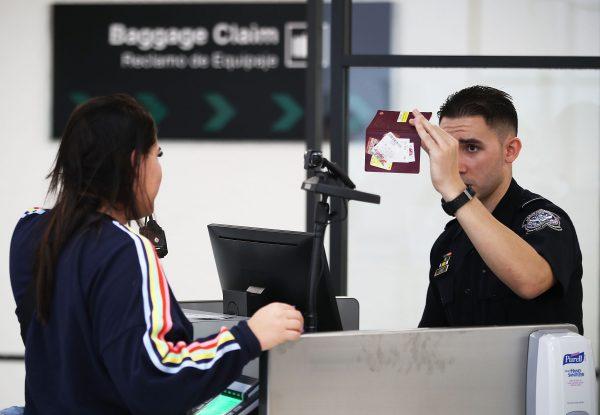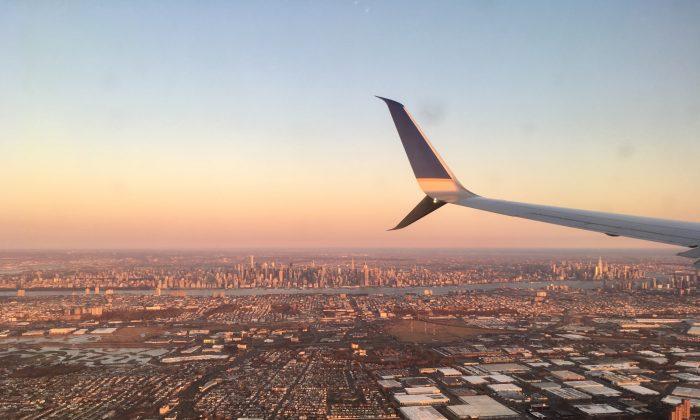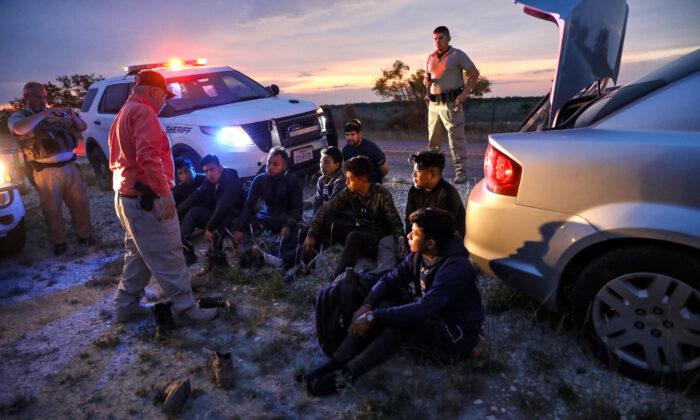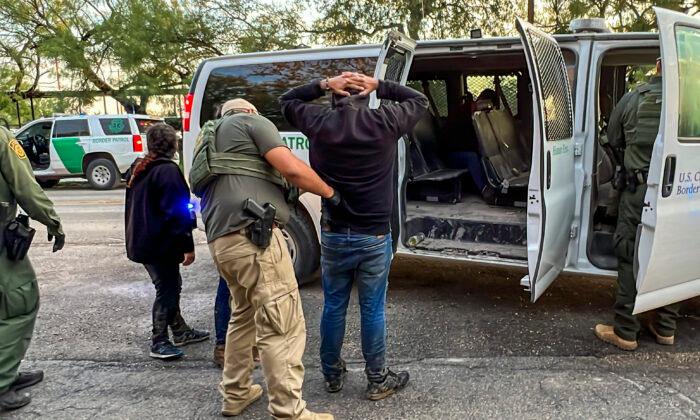WASHINGTON—More than 700,000 foreign visitors to the United States overstayed their welcome in fiscal 2017, according to a new report by the Department of Homeland Security (DHS).
The report looked at non-immigrant visitors who entered by air or sea—and excluded overstayers from Mexico and Canada.
Student and exchange visitors overstayed at double the rate of other visitors and totaled around 70,000. Of those, 40 percent came from four countries: China, India, South Korea, and Saudi Arabia. More than 15,000 students from China overstayed. Eleven countries had overstay rates of more than 30 percent.
Within the visa-waiver program, the worst offenders by sheer numbers were the United Kingdom (almost 26,000 overstayers) and France (more than 16,000). While the overstay rate for all visa-waiver countries was 0.58 percent, Portugal and Hungary both had overstay rates that topped 2 percent.
Of the non-visa waiver countries, Brazil and Venezuela led the list, with 33,700 and 30,400 overstayers, respectively. The overstay average for this category was 2.06 percent, with several countries recording rates that went beyond 20 percent, including Chad, Eritrea, Liberia, Djibouti, and Solomon Islands.

Overall, the fiscal 2017 overstay rates are lower than those of fiscal 2016, according to DHS.
“While, at this time, there is no specific cause that can be directly attributed to the decrease in overstay rates between FY report years, it’s believed that some contributing factors are: improvements in immigration enforcement, and border security operations, and country specific changes to political, infrastructure, or humanitarian conditions,” the report states.
Although overstayers made up a fraction (1.3 percent) of the 52.6 million non-immigrant visitors in fiscal 2017, they outnumbered (700,000 to 304,000) the number of illegal aliens who were apprehended crossing into the United States between ports of entry.
Customs and Border Protection (CBP) has started several initiatives to track visitors, and biometrically document their exit more efficiently.
In 2017, CBP began to email visa-waiver program travelers who had overstayed their period of admission, t0 alert them to the ramifications of their violation.
This year, the agency began emailing an alert to visitors before their time period expired.
Countries within the visa-waiver program that have an overstay rate at 2 percent or higher are required to implement an awareness campaign to educate their nationals on the importance of abiding by the terms of their admission to the United States, according to DHS.
While the process for incoming passengers is much more stringent than for outgoing passengers, CBP started testing facial-recognition technology for internationally departing air passengers at Atlanta/Hartsfield International airport in fiscal 2016.
In fiscal 2017, CBP expanded its biometric exit projects with airports and airlines, and DHS said it is moving to a seamless biometric exit collection process.
The agency is investing heavily in facial-recognition technology. This year, at Miami International Airport, it started providing incoming passengers with expedited passport screening via facial-recognition technology, which verifies a traveler’s identity by matching them to the document they are presenting.
In Boston, JetBlue passengers don’t need a boarding pass; facial recognition is used to confirm identities.






Friends Read Free